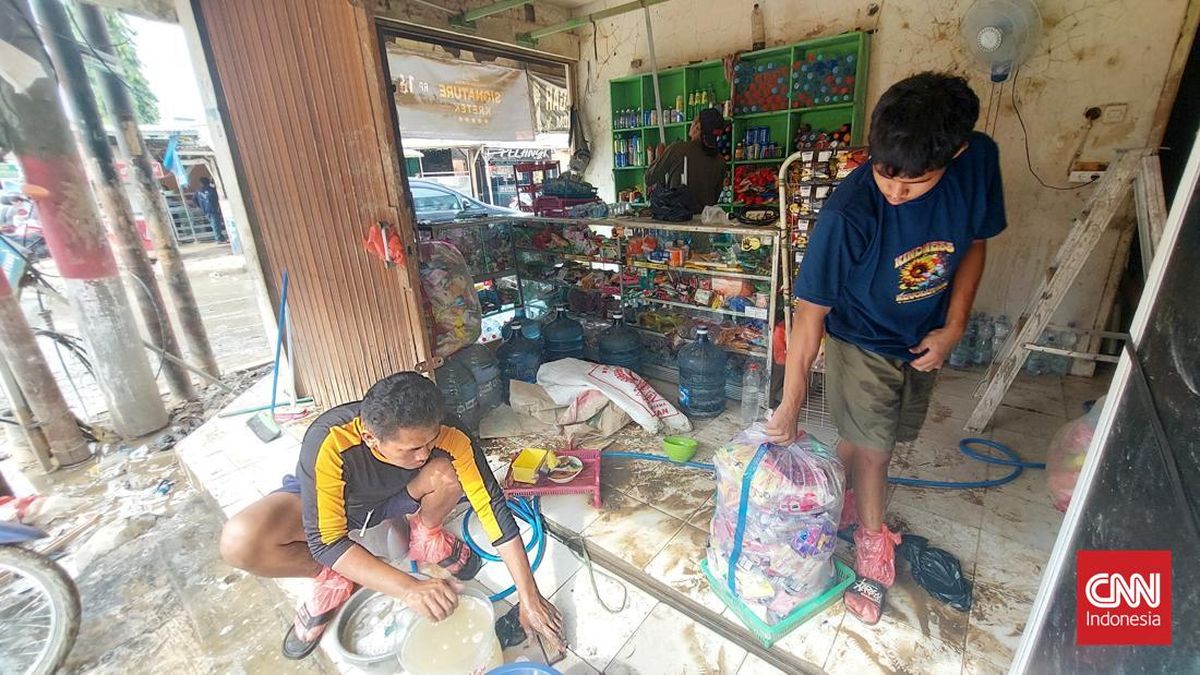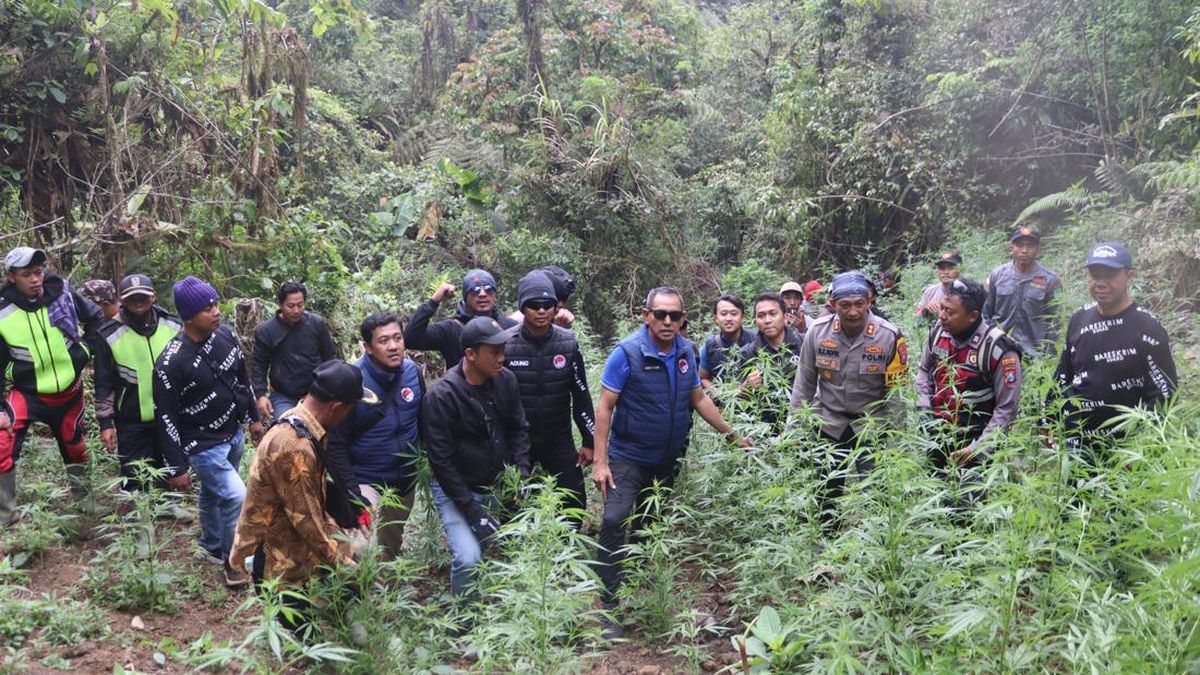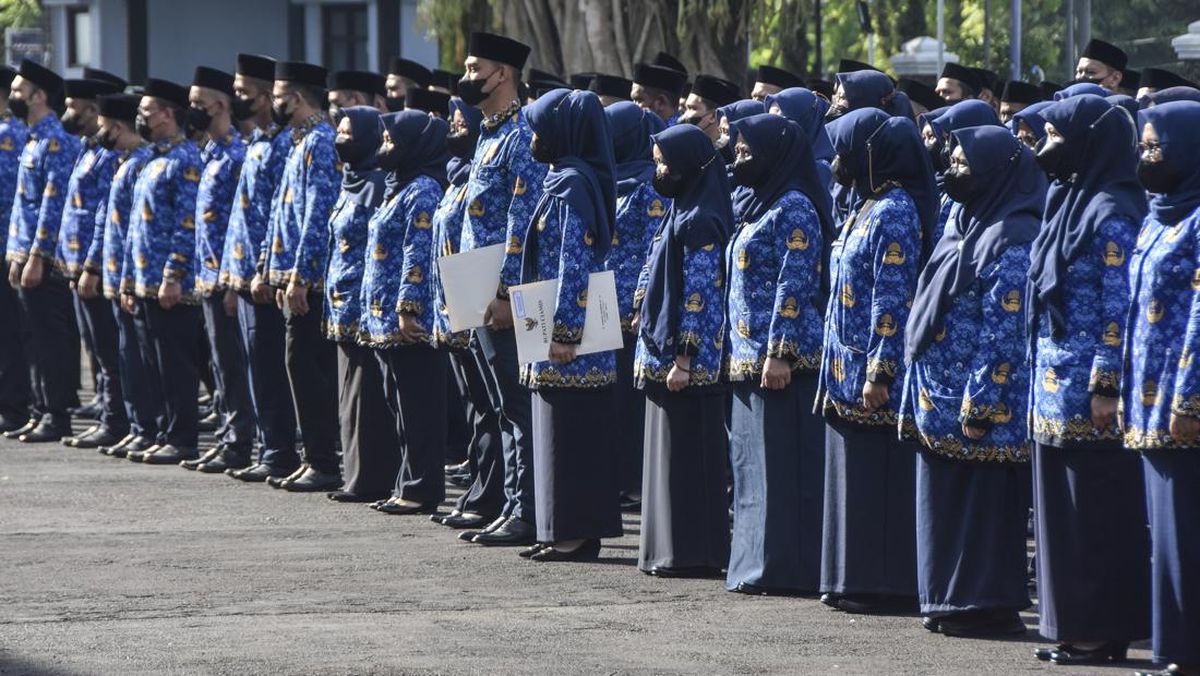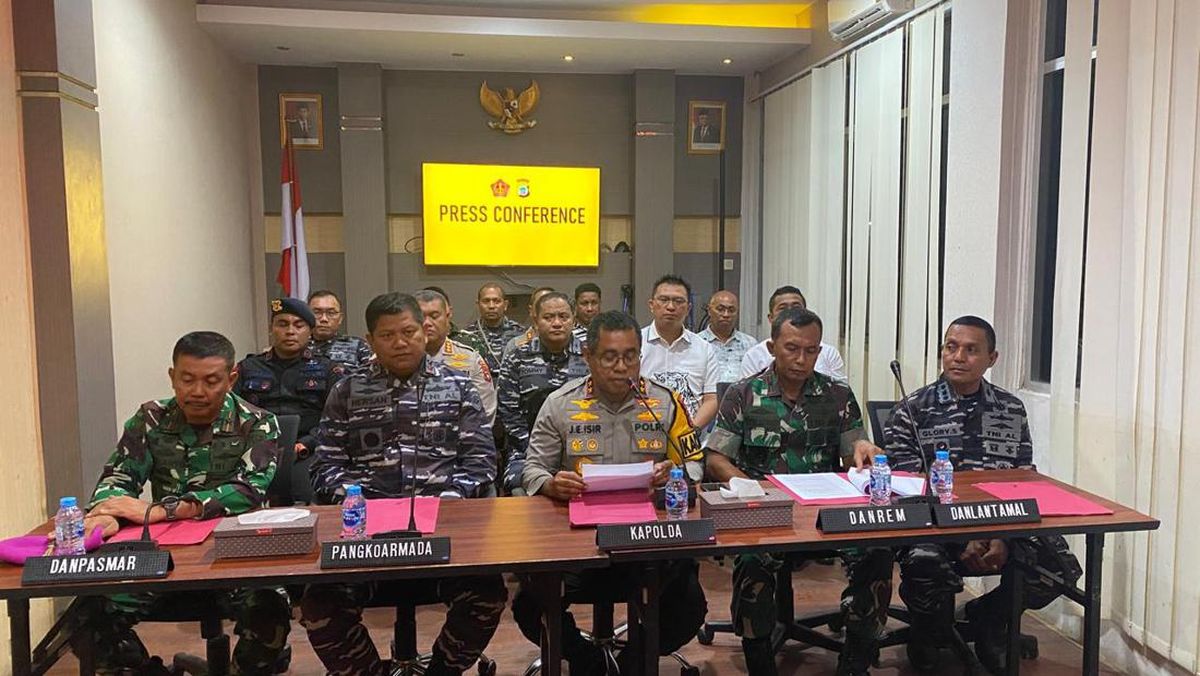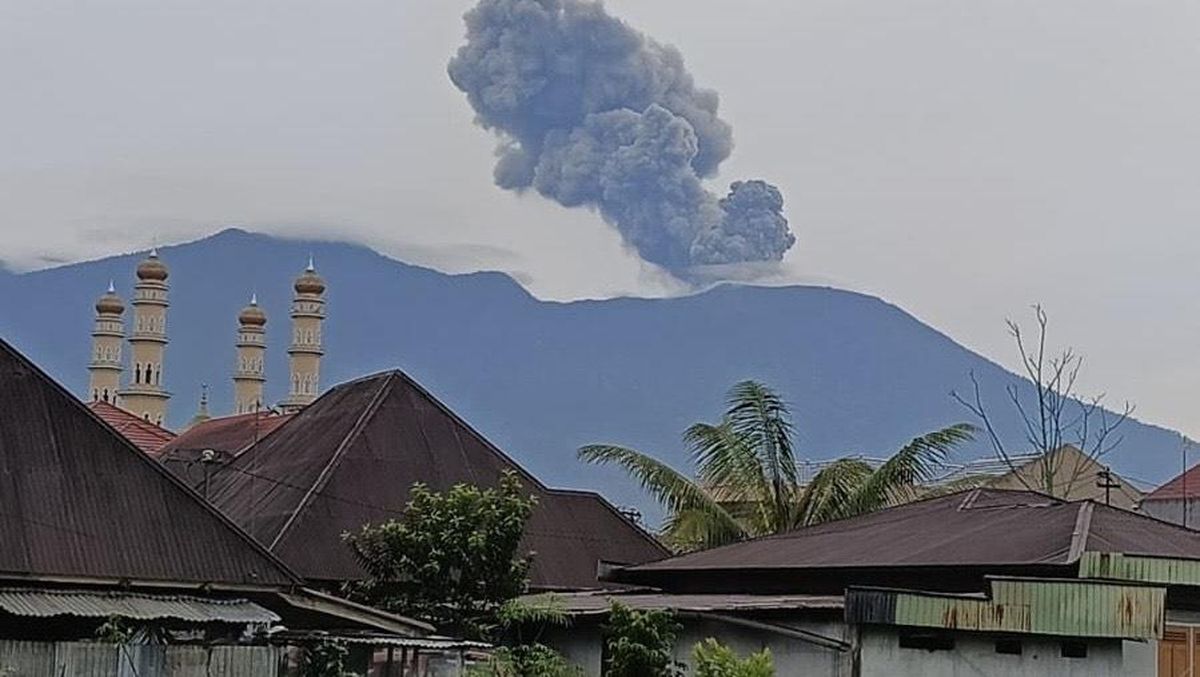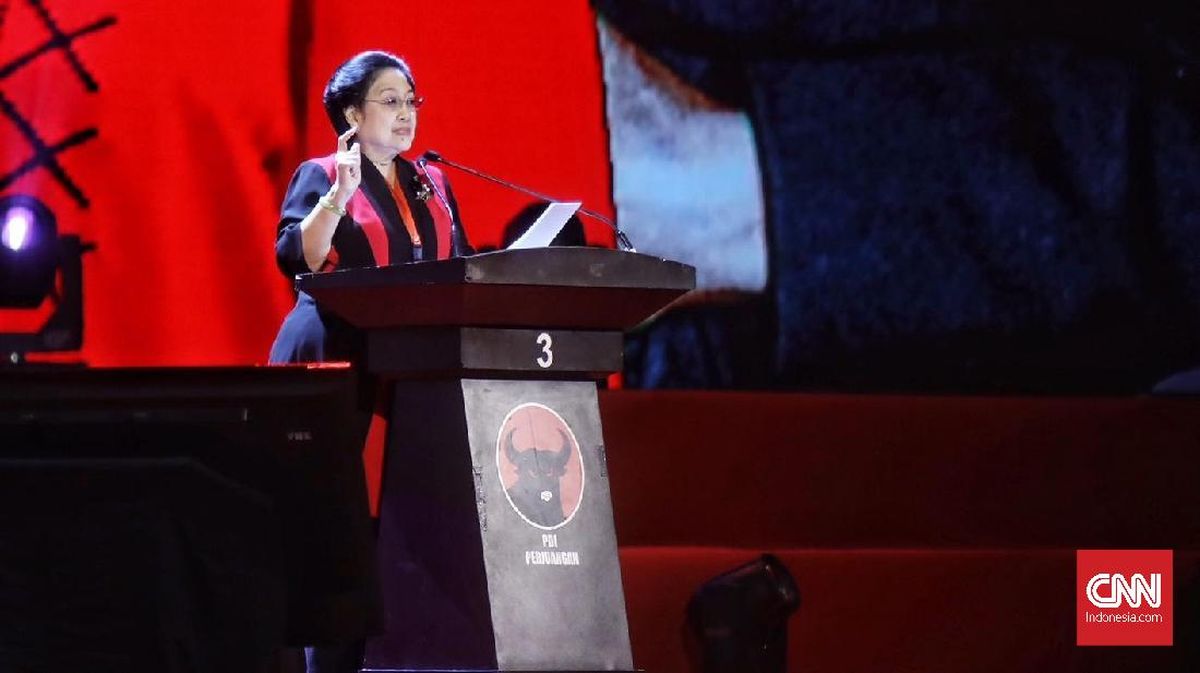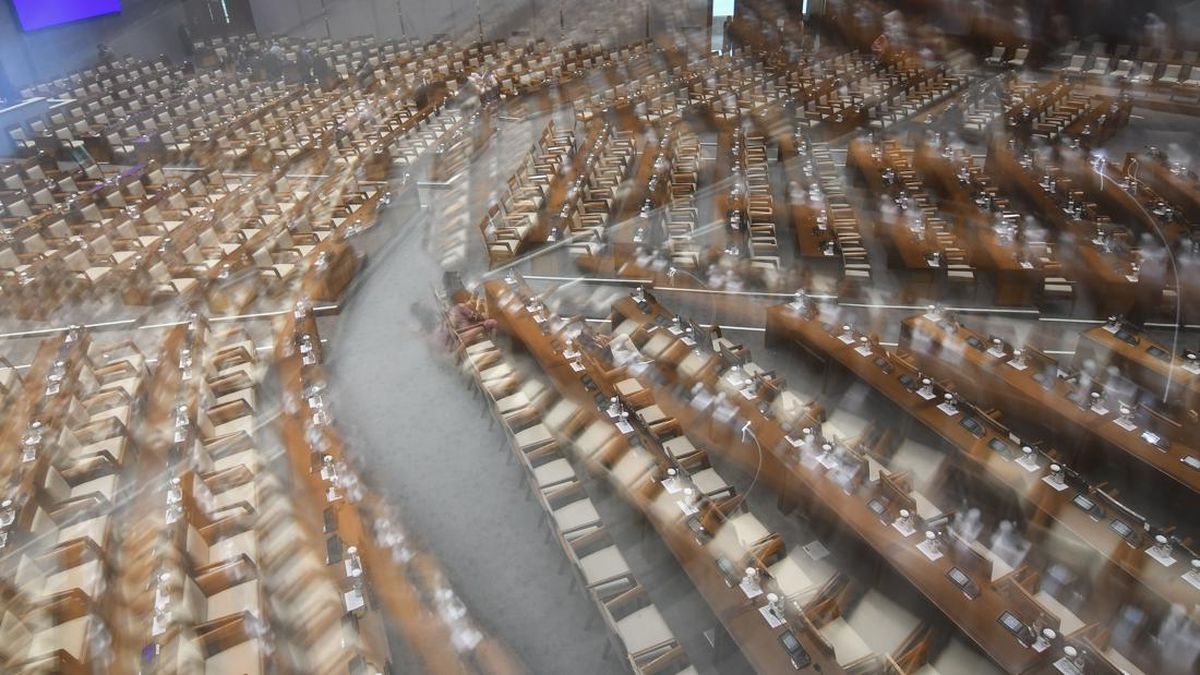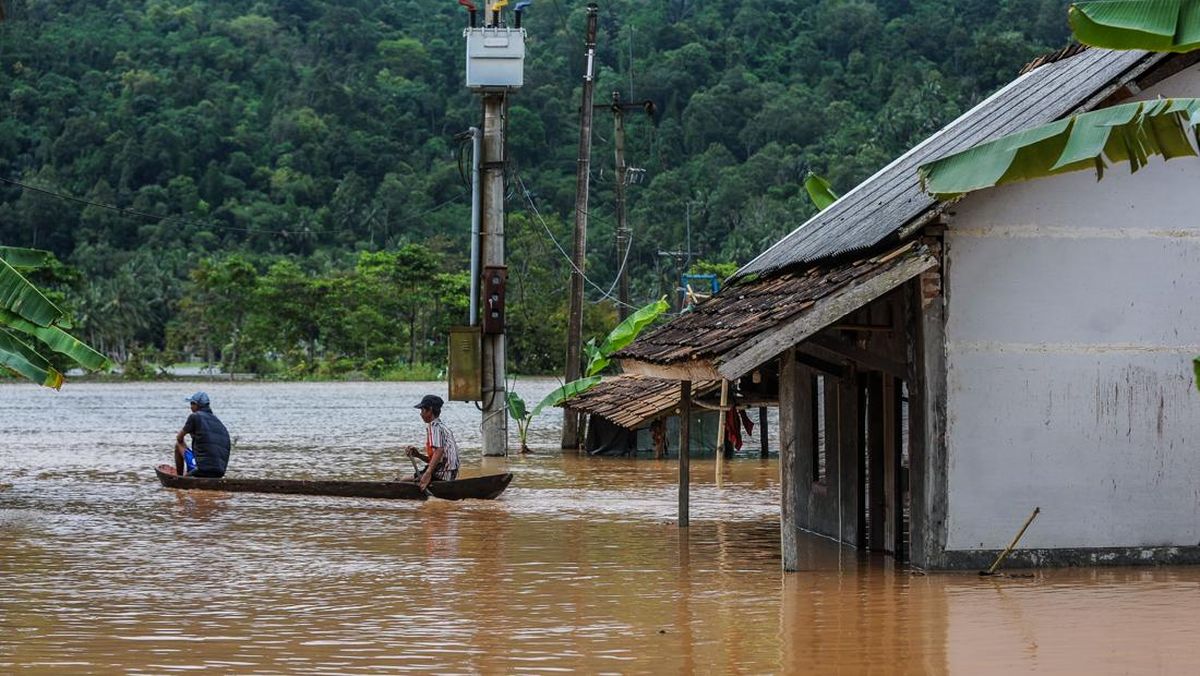8000 hoki List Login website Slots Gacor Malaysia Terkini Gampang Win Full Banyak
hoki kilat Top Akun website Slots Gacor Vietnam Terbaik Pasti Jackpot Online
1000 Hoki Online ID situs Slots Maxwin Singapore Terbaru Pasti Scatter Terus
5000hoki.com Data ID situs Slots Gacor Singapore Terpercaya Pasti Menang Full Non Stop
7000 Hoki Online Daftar situs Slots Gacor Philippines Terbaik Pasti Win Setiap Hari
9000 hoki Data Login web Slot Maxwin Japan Terbaik Sering Jackpot Full Online
List Agen Slot Maxwin server Japan Terkini Mudah Lancar Menang Full Terus
Idagent138 Slot Maxwin Terbaik
Luckygaming138 Slot Gacor Terbaik
Adugaming Slot
kiss69 Akun Slot Game Online
Agent188 Id Slot Terbaik
Moto128 Daftar Slot Maxwin Terbaik
Betplay138 login Slot Anti Rungkad Terpercaya
Letsbet77 Daftar Akun Slot Game
Portbet88 Daftar Id Slot Gacor Terbaik
Jfgaming Daftar Slot Online
MasterGaming138 login Id Slot Game Terpercaya
Adagaming168 login Id Slot Terbaik
Kingbet189 login Slot Terbaik
Summer138 login Id Slot Gacor Terpercaya
Evorabid77 Daftar Slot Game Terbaik
bancibet login Akun Slot Gacor Terpercaya
adagaming168 login Akun Slot Anti Rungkat Online
TEMPO.CO, Jakarta - After the existence of an illegal sea fence came to light in Indonesia’s Tangerang, a similar occurrence emerged in the nearby regency, Bekasi. The two-kilometer-long, 70-meter-wide bamboo fence stretches across the waters in Segarajaya Village, Tarumajaya District, Bekasi Regency, West Java.
The sea fence forms a long line resembling an embankment, with a stretch of water in the middle akin to a river. As it does in Tangerang, the Bekasi sea fence brings similar troubles for the region’s fishers. The one glaring difference between the two is the owners of these sea fences.
Despite local authorities claiming for undisputed legality of the Bekasi sea fence, the Ministry of Marine Affairs and Fisheries said the structure does not have a permit. The ministry has now sealed the sea fence.
So, who owns the Bekasi sea fence, and what was it built for? Tempo summarizes the details below:
1. Owners of the Bekasi sea fence
The West Java Marine and Fisheries Office (DKP) said the sea fence—made out of thousands of bamboo sticks—is owned by two private entities, PT Tunas Ruang Pelabuhan Nusantara (TRPN) and PT Mega Agung Nusantara (MAN).
Head of the Ciasem Muara Fishery Port Regional Technical Implementation Unit (UPTD) at the West Java DKP Ahman Kurniawan said the sea fence was the result of 2023 cooperation between the West Java Provincial Government and the private company, which is set to last until 2028.
2. The reason behind Bekasi sea fence construction
Ahman further explained that the sea fence is built to organize the route of the ongoing development of the Paljaya Fish Landing Port (PPI). The PPI construction aims to ensure that fishers have a centralized fish auction at the port.
“The route is necessary to facilitate the entry and exit of fishers returning from the high seas to load and unload their catch at the landing port,” he said.
The route, he went on, will be about 5 kilometers long with a width of 70 meters and a depth of 5 meters, in an area of about 50 hectares.
The left side of the sea fence is developed by PT TRPN, while PT MAN is responsible for the other side.
3. No permit
On the other hand, the ministry insisted that the Bekasi sea fence does not possess the approval of a marine spatial utilization activities (PKKPRL) license. Special Staff of the Minister of Marine Affairs and Fisheries, Doni Ismanto, said his office has never issued a PKKPRL permit for the sea fence construction in Bekasi waters.
“The ministry has never issued a PKKPRL for the bamboo fence in question,” Doni said when contacted in Jakarta on Tuesday, January 14, 2025, as quoted by Antara.
4. Request to halt sea fencing activities since December 2024
Doni said his ministry had sent an official letter requesting the cessation of sea fence construction on December 19, 2024, since the activity was considered illegitimate in accordance with applicable regulations.
“The ministry’s marine resource and fisheries surveillance team has collected data and statements from the location and sent the letter calling for the cessation of unlicensed activities on December 19,” he said.
5. The Bekasi sea fence has been sealed
The ministry has sealed the Bekasi sea fence on Wednesday, January 15, 2025. According to nearby residents, activities were halted since midday of the same date.
“We have warned them to stop in the past, to take care of the permit first. But yesterday, the excavators were still operating, so we decided to seal [the sea fence],” said the director general of marine resource and fisheries surveillance, Pung Nugroho Saksono.
6. Disrupting local fishers
One of the local fishers on site, Mitun, 28, said that the sea fence has severely disrupted the activities of coastal communities in the region, especially fishers. Since the bamboo stakes were first erected, he and hundreds of other fishers have had difficulty finding fish.
“It truly disrupts our flow, since we used to sail straight [into the sea], but it’s a long way around now. Because of the fence,” he told reporters on Tuesday.
Moreover, the local government never did warn the residents about the sea fence construction, he said. “The fence was there all of a sudden. Even we are confused about its origin,” said Mitun.
Due to the longer sailing routes as a result of the foreign sea fence, Mitun said, fishers also suffer from higher fuel costs. Mitun, for one, finally decided to stop being a fisher and switched gears to being a tourist escort at the Jengkem River area.
“It's hard to find fish anymore, covered by the sea fence. That’s why I quit,” he said.
Adi Warsono and Sapto Yunus contributed to the writing of this article.
Editor’s Choice: KKP to Dismantle Tangerang Sea Fence Soon
Click here to get the latest news updates from Tempo on Google News
































